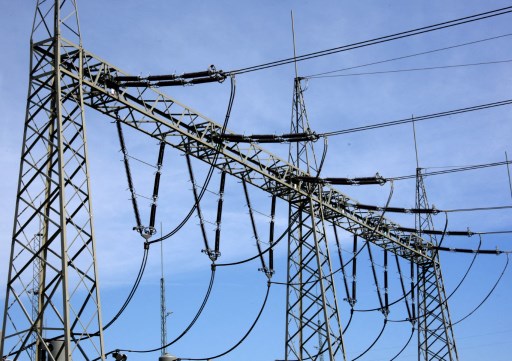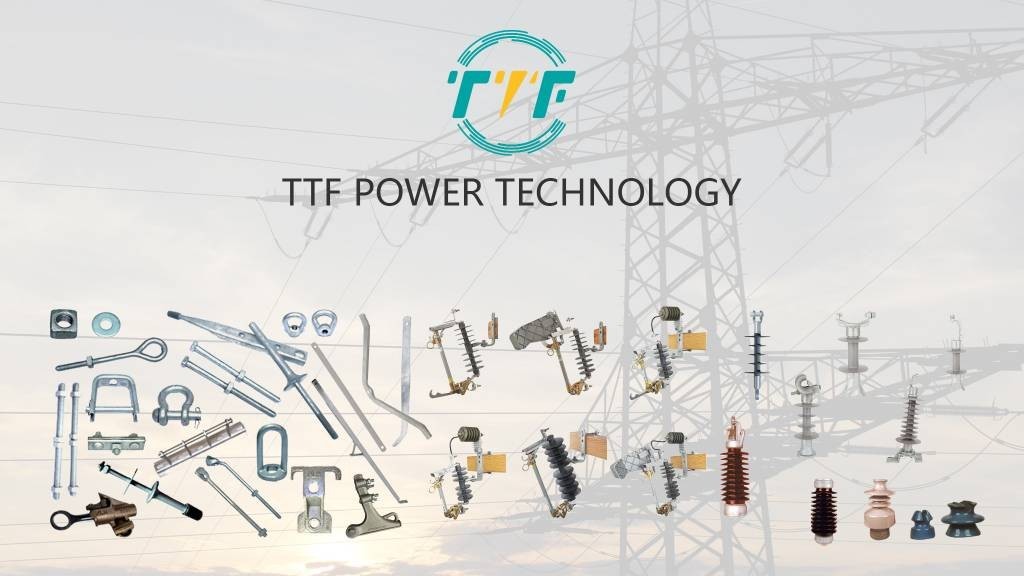
Due to the recent power outage in Chile, authorities should strive to ensure grid resilience to address these difficulties. Chile has one of the most dynamic energy markets in South America, with a significant focus on renewable energy integration. The country aims to increase renewable penetration while maintaining a stable and resilient grid. Advancements in storage, smart grids, and transmission have the potential to propel Chile to the forefront of renewable energy integration globally. Climate vulnerabilities, renewable energy intermittency, transmission bottlenecks, and cybersecurity concerns are among the difficulties that Chile’s grid must address. The country can combine infrastructure growth, energy storage, smart grid deployment, and regulatory regulations. These can help Chile transition to 100% renewable energy by 2050. No wrench screw anchors increase the stability of utility poles and transmission towers to reduce the risk of collapses.
No wrench screw anchors are grounding anchoring devices that are used to secure utility poles, transmission towers, and other electrical equipment. They install without the need for heavy equipment, making them suitable for rapid deployment in difficult terrains. Chile’s move to renewable energy requires modern transmission and distribution infrastructure. Transmission towers can be installed more easily in isolated regions like as Patagonia or the Atacama Desert with no wrench screw anchoring required. They also provide a strong foundation for solar panel mounting structures and wind turbines. This promotes resilience in extreme weather situations. No wrench screw anchors improve Chile’s grid resilience by increasing infrastructure durability, allowing for speedier emergency response, and promoting renewable energy deployment.
The importance of no wrench screw anchors for Chile’s grid resiliency
No-wrench screw anchors improve grid resilience in Chile, particularly where the electrical grid faces environmental problems. They can survive seismic activity, adapt to tough terrain, and provide quick repairs. This makes them critical for maintaining the grid’s resilience and stability in the face of natural calamities. The following are the contributions of no wrench screw anchors to strengthening Chile’s grid resilience.

- Seismic resilience—these grounding anchors provide robust foundation support for transmission towers and poles. They ensure the transmission lines remain stable during seismic activities and prevent collapse.
- Ease of installation and repair—no wrench screw anchors can be installed without the need for heavy machinery or extensive excavation. This makes it easy to restore power in disaster-stricken areas.
- Adapting to challenging terrain—Chile’s geography includes mountains, deserts, and coastal areas. No wrench screw anchors can function in a variety of soil types, including rocky or uneven terrain. They ensure stable foundations for transmission infrastructure in remote areas.
- Resistance to environmental stress—the anchors are able to withstand extreme weather conditions. This is including high winds, heavy rainfall, and temperature fluctuations. This ensures that transmission lines remain upright and functional to reduce the risk of grid failures.
- Enhanced grid stability—the anchors provide a secure foundation for transmission towers to maintain the structural integrity of the grid. This is crucial for preventing failures and ensuring continuous power delivery.
- Cost–effectiveness—the anchors reduce the need for extensive excavation and heavy equipment. This allows for broader deployment of resilient infrastructure to strengthen the grid.
Measures and efforts to enhance Chile’s grid resilience
Chile has made immense progress in updating and strengthening its electrical system to accommodate rising renewable energy use and extreme weather occurrences. The country’s grid resilience strategy comprises infrastructure expansion, energy storage, smart grid implementation, and public-private partnerships. These activities contribute to a reliable, efficient, and secure electrical grid. This is despite geographic and climatic challenges. The adoption of no-wrench screw anchors can help address a variety of challenges while also increasing grid resilience. The measures and activities outlined below aim to improve grid resilience in Chile.

- Strengthening transmission infrastructure—the government has put emphasis on high-voltage direct current transmission lines to transport energy from renewable-rich regions. Grid interconnections can also help prevent bottlenecks and ensure reliability.
- Energy storage and backup systems—the industry is investing in large-scale battery projects to store excess solar and wind energy. Chile is also exploring pumped hydro storage as a long-term energy storage solution.
- Smart grid and digitalization—this includes advanced metering infrastructure, microgrids, decentralized energy resources, and cybersecurity measures. These measures help reduce grid stress and ensure local energy resilience.
- Regulatory and policy initiatives—policies promote investment in transmission expansion, energy storage, and digitalization. The government is implementing market mechanisms to reduce renewable energy curtailment.
